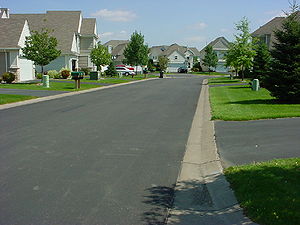
Difference between revisions of "Category:Level 3 - Best management practices/Nonstructural practices/Pollution prevention"
(Created page with "File:Narrow street example.jpg|thumb|300px|alt=Photo of Eagle Valley - Woodbury Minnesota example of narrow street|<font size=3>An example of a narrow street from Woodbury,...") |
m |
||
| Line 6: | Line 6: | ||
*[https://stormwater.pca.state.mn.us/index.php?title=Category:Level_3_-_Best_management_practices/Nonstructural_practices/Deicing Deicing] | *[https://stormwater.pca.state.mn.us/index.php?title=Category:Level_3_-_Best_management_practices/Nonstructural_practices/Deicing Deicing] | ||
*[https://stormwater.pca.state.mn.us/index.php?title=Category:Level_3_-_Best_management_practices/Nonstructural_practices/Harvest_and_reuse Harvest and reuse] | *[https://stormwater.pca.state.mn.us/index.php?title=Category:Level_3_-_Best_management_practices/Nonstructural_practices/Harvest_and_reuse Harvest and reuse] | ||
| + | |||
| + | [[Category:Level 2 - Best management practices/Nonstructural practices]] | ||
Latest revision as of 19:01, 26 July 2022
Pollution prevention practices reduce, eliminate, or prevent pollution at its source. It includes a wide variety of residential, commercial, industrial, and other practices. The following practices may be considered pollution prevention but have been placed into separate subcategories.
Subcategories
This category has only the following subcategory.
Pages in category "Level 3 - Best management practices/Nonstructural practices/Pollution prevention"
The following 16 pages are in this category, out of 16 total.
S
This page was last edited on 26 July 2022, at 19:01.
